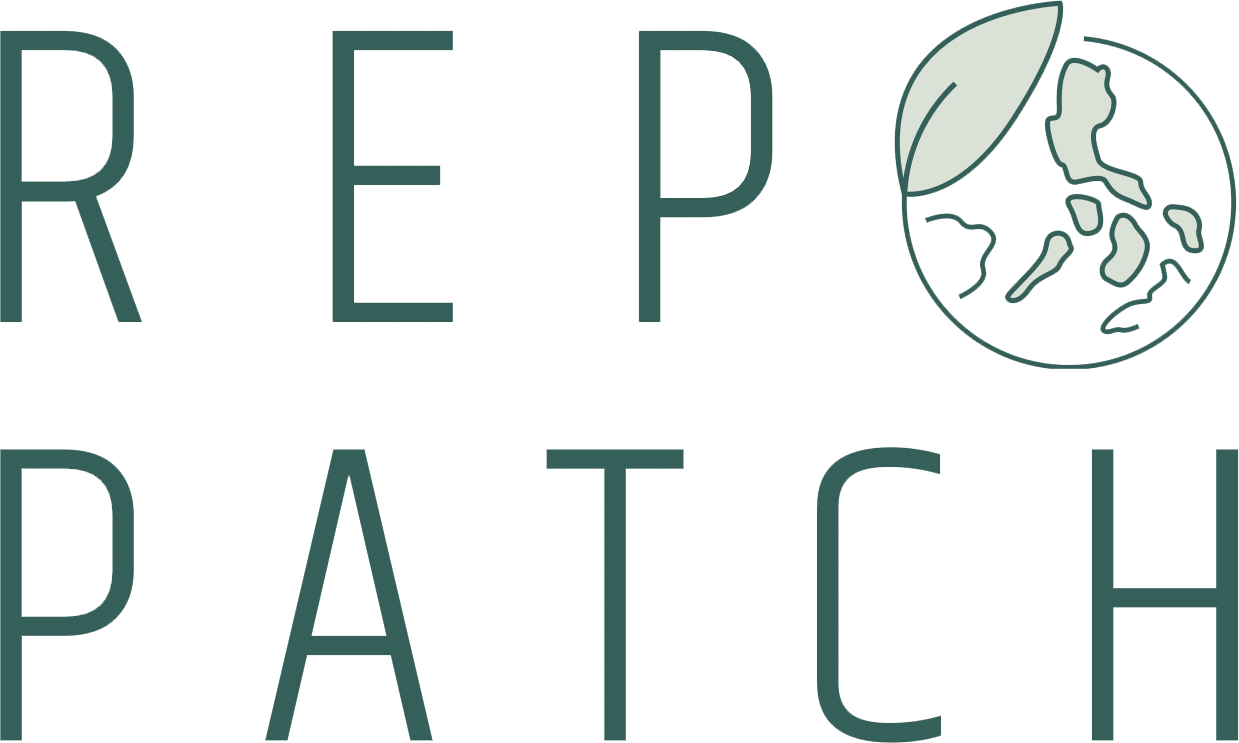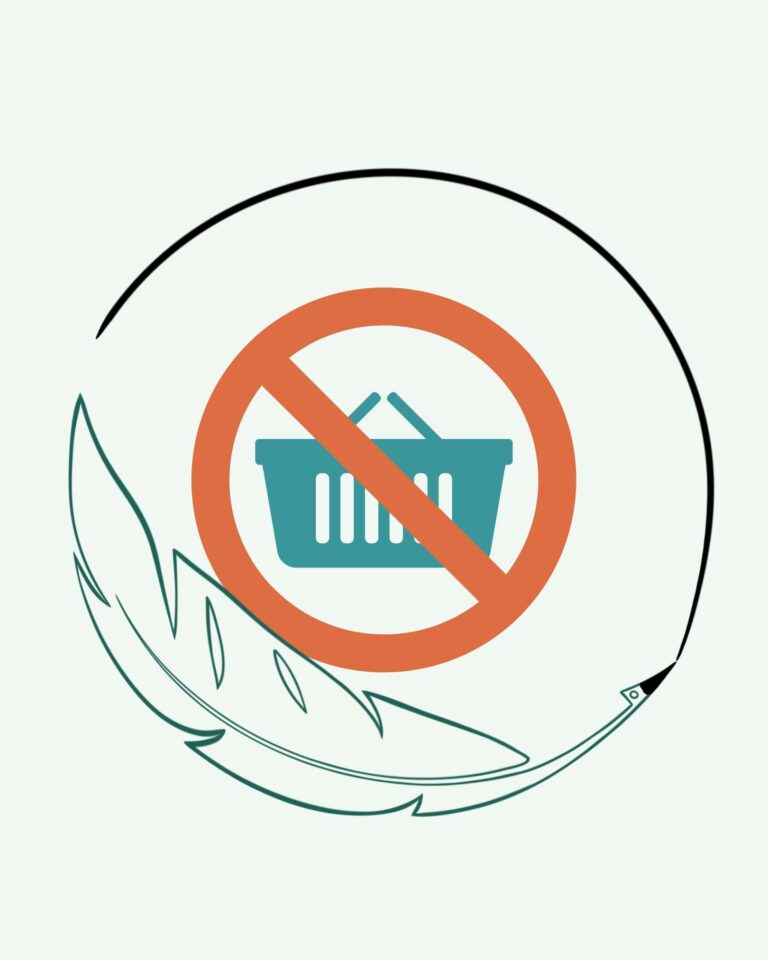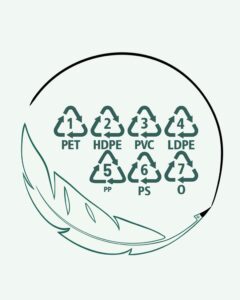Consumption Addict November tells the story of November, when consumer culture reaches its peak but is actually innocent.
I often go to the cargo office for orders from the Dolap application, a subsidiary of Trendyol, where I sell second-hand clothes. The atmosphere at the cargo office is very intense and tense as of November. I thought I would do some research and share both my own thoughts and global data.
Why November is Consumption Addict?
There are two special themes that have become shopping trends worldwide in November. One of them is Black Friday and the other is Cyber Monday. The Black Friday trend started in America in the 1950s and turned into an international shopping phenomenon in the early 2000s. Especially after e-commerce entered our lives, Black Friday has become a growing trend. The participation and encouragement of big brands in the trend has turned the entire month of November into a shopping frenzy today. Cyber Monday was introduced by Shop.org in 2005 to support online shopping. Cyber Monday spending, which was $484 million when it first appeared, increased by 9.6%, reaching $12.4 billion in 2023.
Consumption Addict November Winners and Losers
I have divided the effects of the crazy days of November, Black Friday and Cyber Monday, which have become shopping phenomena around the world, into two categories as “winners” and “losers”.
Consumption Addict November Winners
- Retailers and E-commerce Companies: Large retail chains, e-commerce sites and technology giants make huge profits during these discount days. For example, in the US alone, $9.8 billion worth of online shopping was made during Black Friday week in 2023; this is 12% more than the previous year, and Cyber Monday sales reached $12.4 billion.*
- Logistics and Cargo Companies: Increasing online shopping demand significantly increases the business volume of cargo and logistics companies. Millions of packages are sent especially during the Black Friday and Cyber Monday period, which brings high profit rates to cargo companies.
- Consumers (Short Term): Consumers who benefit from discounts can buy expensive technological products or clothes at more affordable prices than usual. These days provide great advantages for many consumers, but these gains are often only valid in the short term, which I will discuss in more detail in the rest of my article.
- Digital Marketing Agencies: Companies allocating large advertising and campaign budgets also cause digital marketing agencies to profit from this process. Spending on social media ads, email campaigns and other digital promotions increases the profitability of agencies.
Consumption Addicts Losers in November
- Small Businesses: Small and local businesses may have difficulty in this process because they cannot compete with big brands. The price cuts and high advertising expenses of giant retailers can cause small businesses to lose customers and even go bankrupt in some cases.
- Environment and Climate: Increased consumption on discount days creates a serious burden on the environment. While carbon emissions from production are increasing, plastic packaging and return rates, especially in the fast fashion sector, significantly increase the amount of environmental waste. I will talk about this in detail.
- Consumers (Long Term): Shopping on sale days can lead to excessive consumption and unnecessary spending. This can cause consumers to increase their debt burden in the long term, experience financial problems, and even face financial stress.
- Worker Health and Working Conditions: Increased demand requires workers in the production and logistics sectors to work longer and more tiring hours. Unfortunately, workers in countries with intensive production can be exploited by working long hours for low wages. This situation negatively affects the health and work safety of employees.
While these shopping phenomena provide great economic gains, they also create serious environmental and social problems.
A Shopping Spree or a Battlefield?
As I mentioned at the beginning of our article, we did not actually come to this issue from the principles advocated by Reppatch. We came to this issue from my second-hand clothing sales as Nil Karul and then my visit to the cargo company, which given me thought that we had reached the November of the Consumption Addict. Now I will explain the value in my previous sentence. The individual who does not even notice the November discounts, sells her clothes that she no longer uses and are in good condition at affordable prices through the second-hand application. The biggest reason for doing this is that she is an individual who lives according to sustainability conditions. When she goes to the cargo company to deliver her sold products, she encounters a stressful and tense environment, in short explanation, a battlefield.


The battlefield definition I used for November completely describes those who are victimized in November. What happens on the battlefield? The weak are victimized and exploited. Huge damage is also done to nature and humans. In order for big brands, retailers and fast fashion brands to make more sales, earn more money and consumers to consume more, child laborers between the ages of 10-14 work day and night in dangerous conditions in countries like Bangladesh, India, Pakistan, Cambodia and China. This is nothing but a battlefield for me. And this is just the production part. Just think about the process of distributing, selling and reaching the consumer after production…
At the beginning of my career, i worked for an e-commerce company. In November, we worked for a week without interruption on Black Friday and all of our roles changed as operations employees. The company that broke turnover records paid us a small amount of extra money. I would like to think that these extra payments were made for everyone who had to work hard during November. However, I have no hope for these extra payments or that the employees will be rewarded for their labor…
Moreover, the battlefield does not end here. November’s consumption addiction also creates a battlefield in nature. This war is actually completely between humans and nature. As we patiently and tirelessly explain slow fashion and conscious consumption every day, we come across absurd situations. For example, 80% of the products purchased in November are either returned or quickly thrown away. This situation increases the plastic waste caused by packaging materials by 15%. This increases both the amount of waste packaging materials and the amount of expired products going to landfills.*
Now let’s think as an individual, what if we threw away an average of 80% of the products we buy every year? Isn’t this equivalent to throwing away 80% of our money?
Big brands make money so that we, the consumers, throw away our money and harm nature even more. We take this money out of our pockets and give it away willingly. Is it normal for the actions we do willingly to cause such huge harm? I don’t think it is normal at all. Thinking for even an hour before buying something is actually effective in my life, in that time I decide whether I really need or want the product I choose. But now, there are even hourly discounts. Why? So that we don’t have time to think twice.
As a consumer, I don’t shop from any of the brands that try to manage my decisions. I support slow and respectful production, I buy from them and do my best to make them known. The workload of the employees at the cargo company I mentioned; child laborers working in the fast fashion sector worldwide; the 92 million tons of textile waste thrown into nature every year and the problems caused by the endless “Consumption Addict November” are our common problems. If we start with ourselves and manage our decisions as consumers, we will change the behaviors of the brands we buy products from with our money. Consumers’ decisions should be made by the consumers themselves, not the brands.







